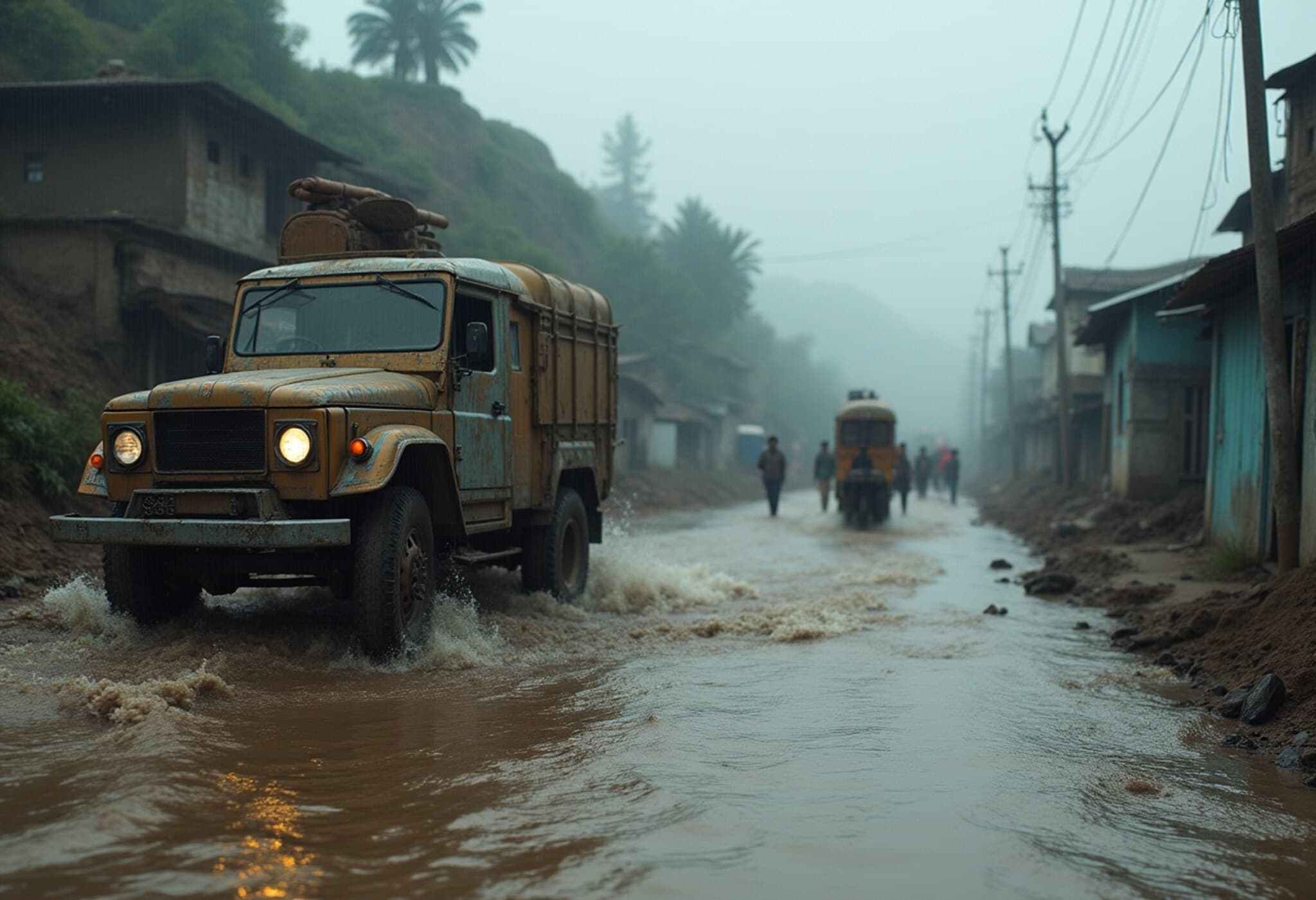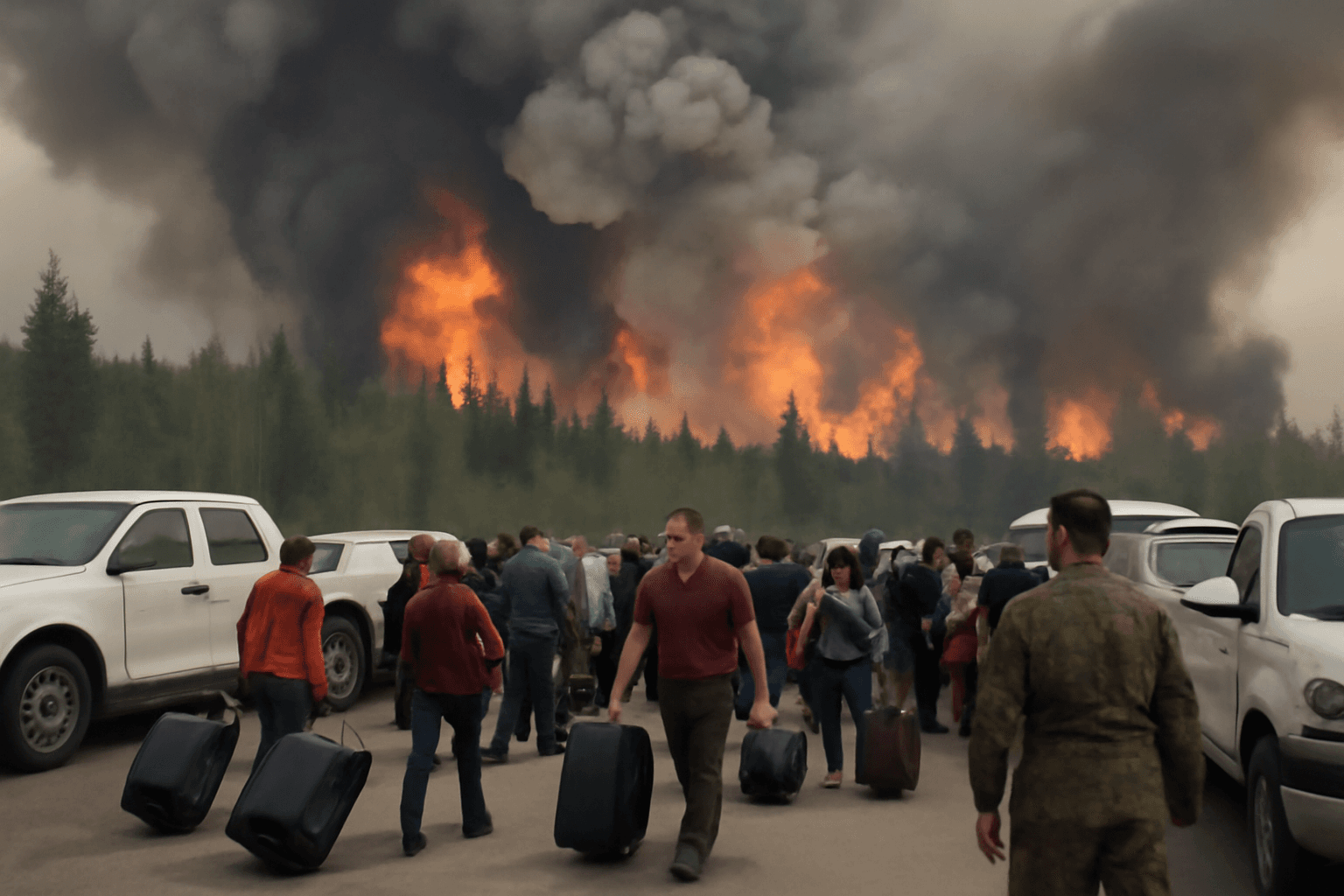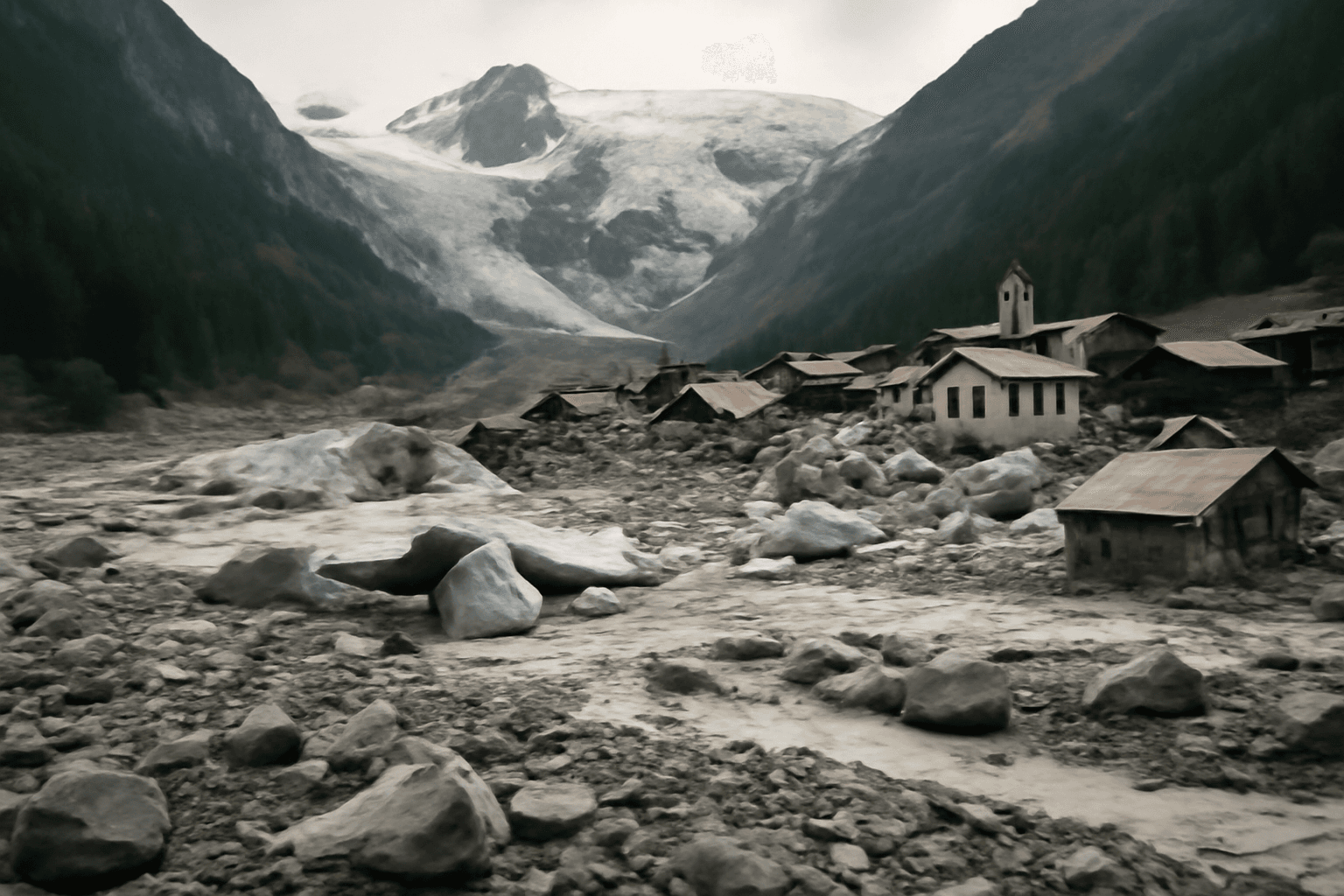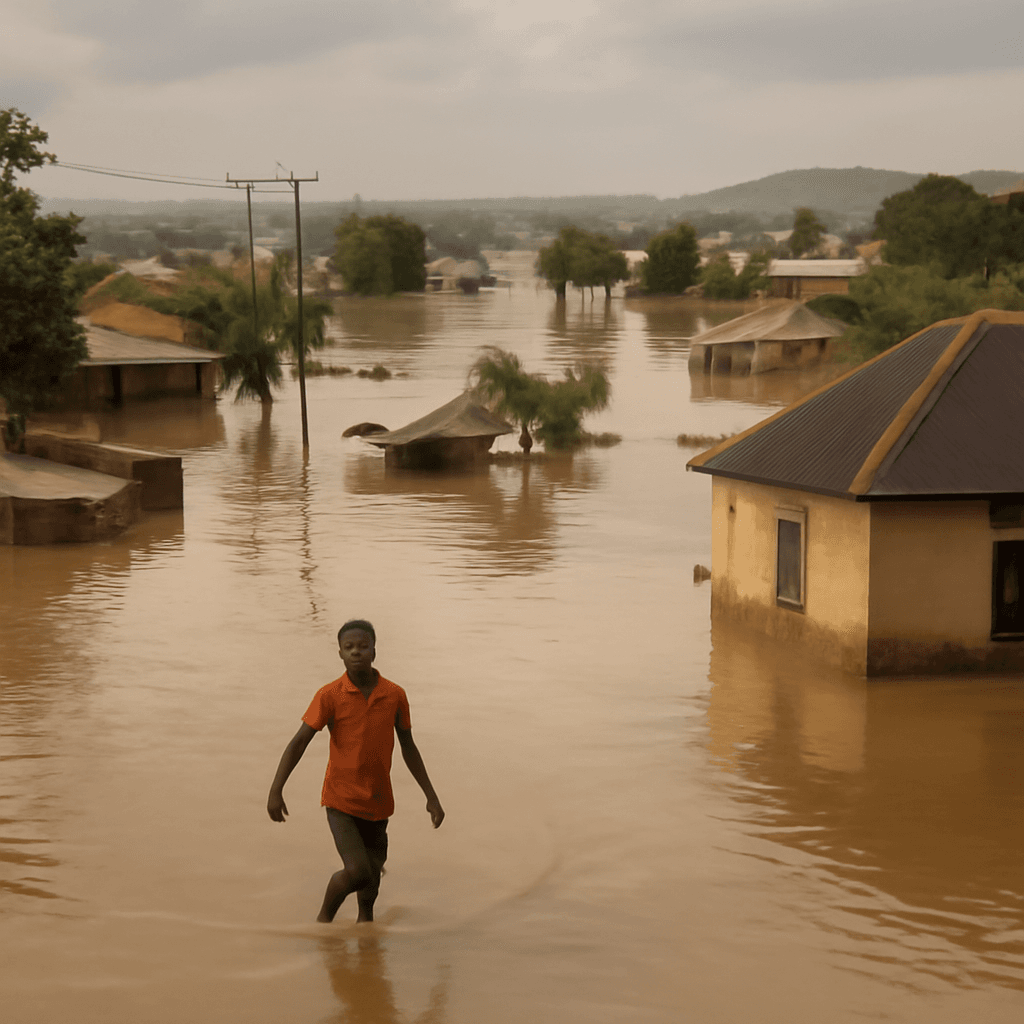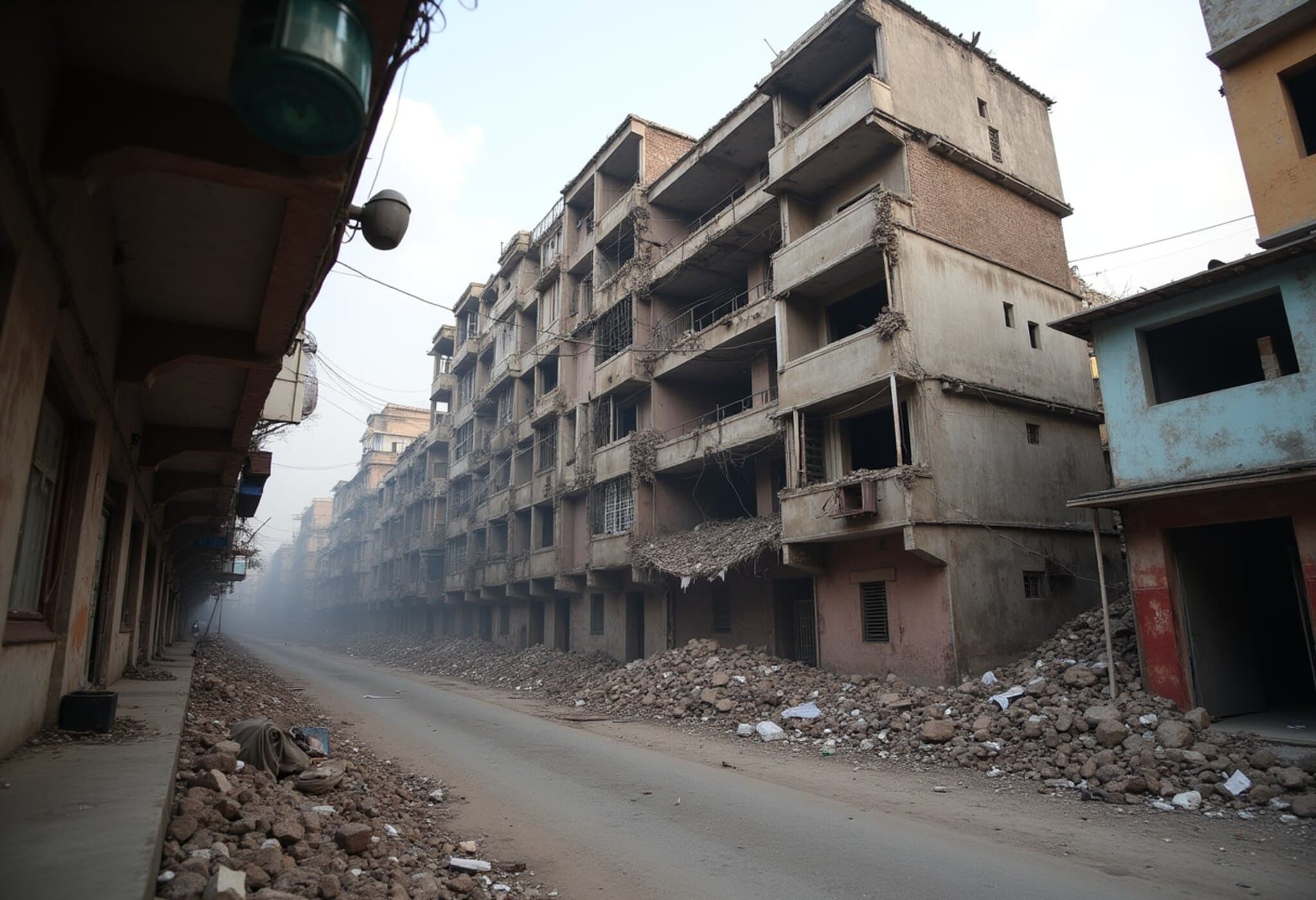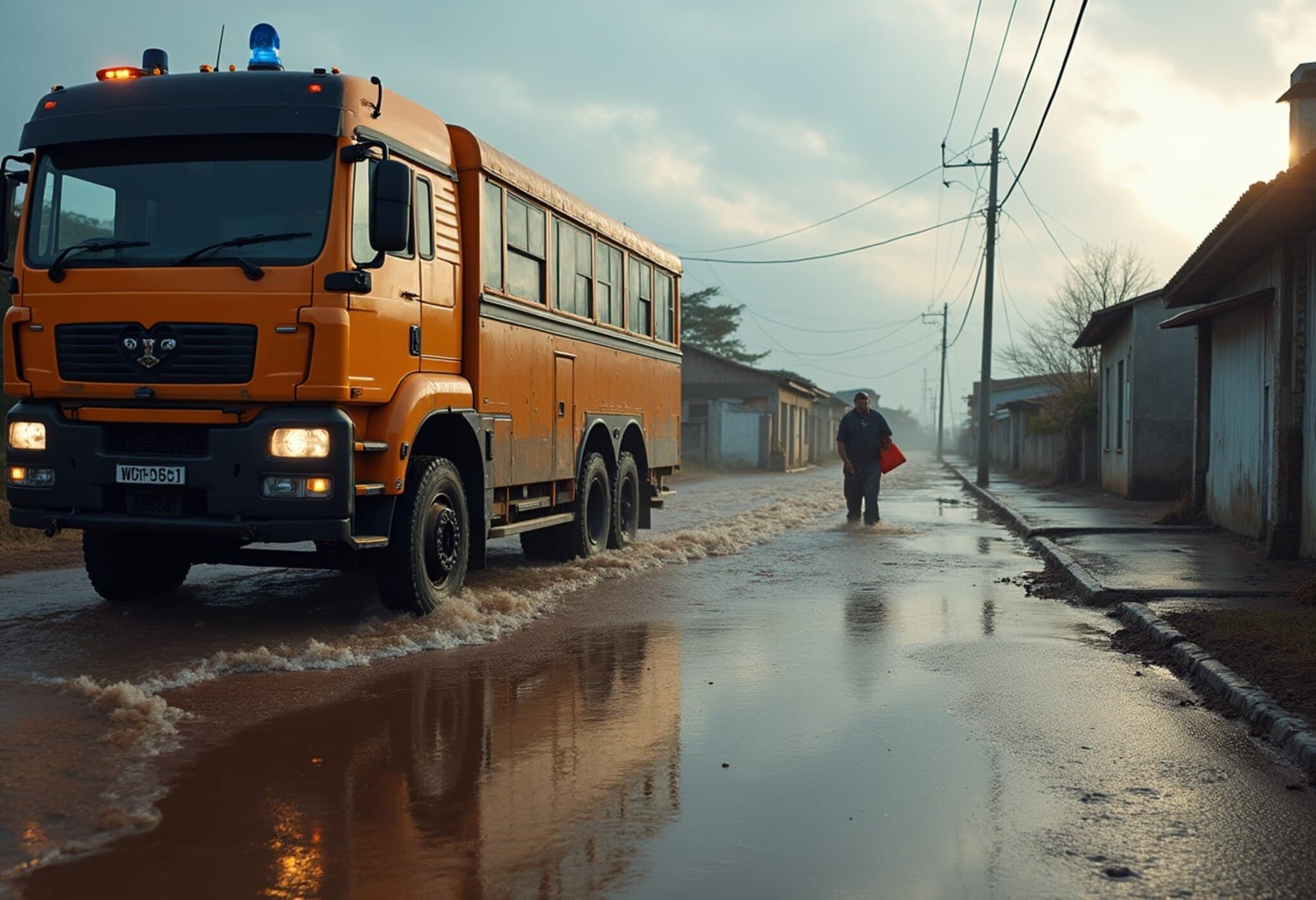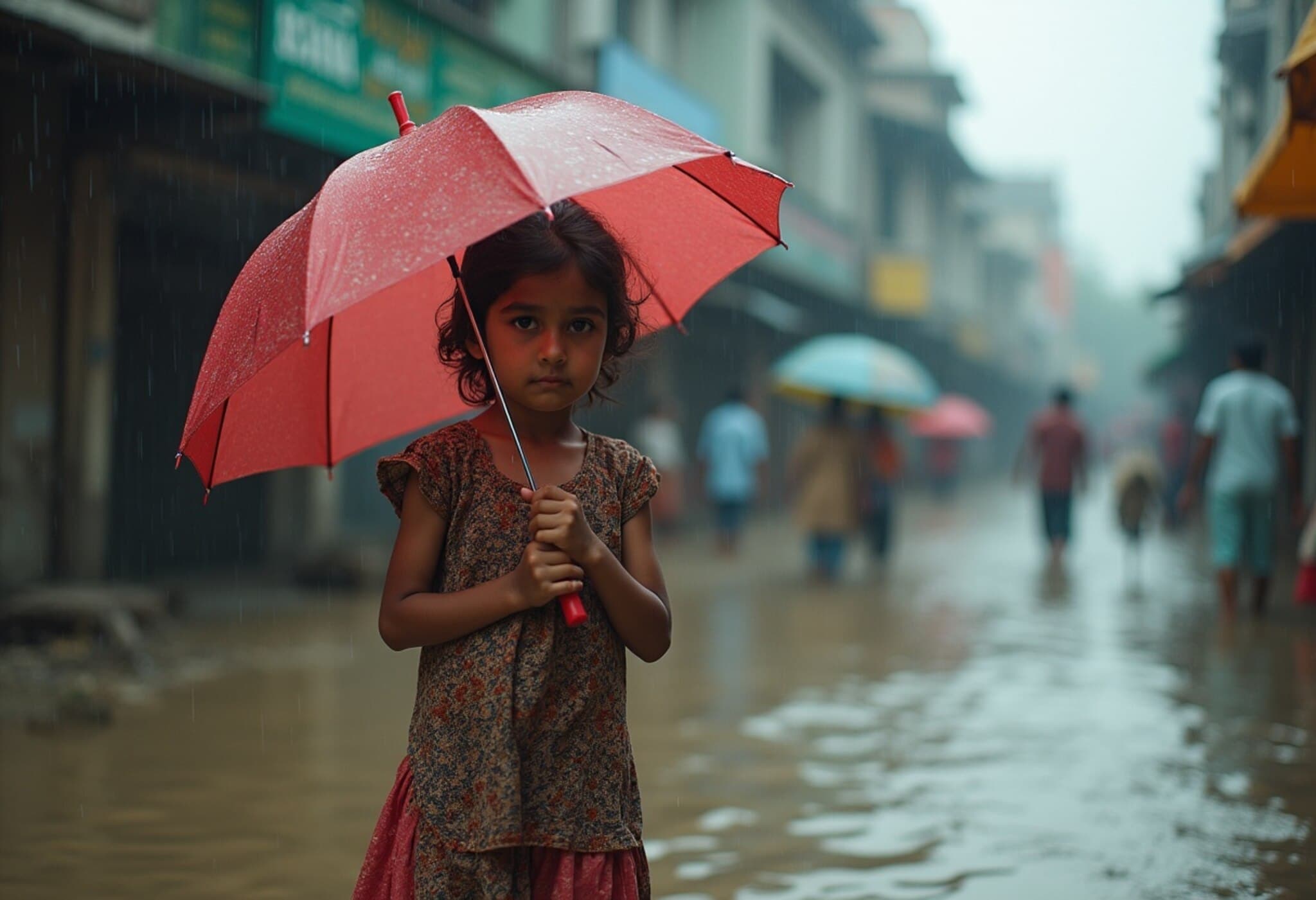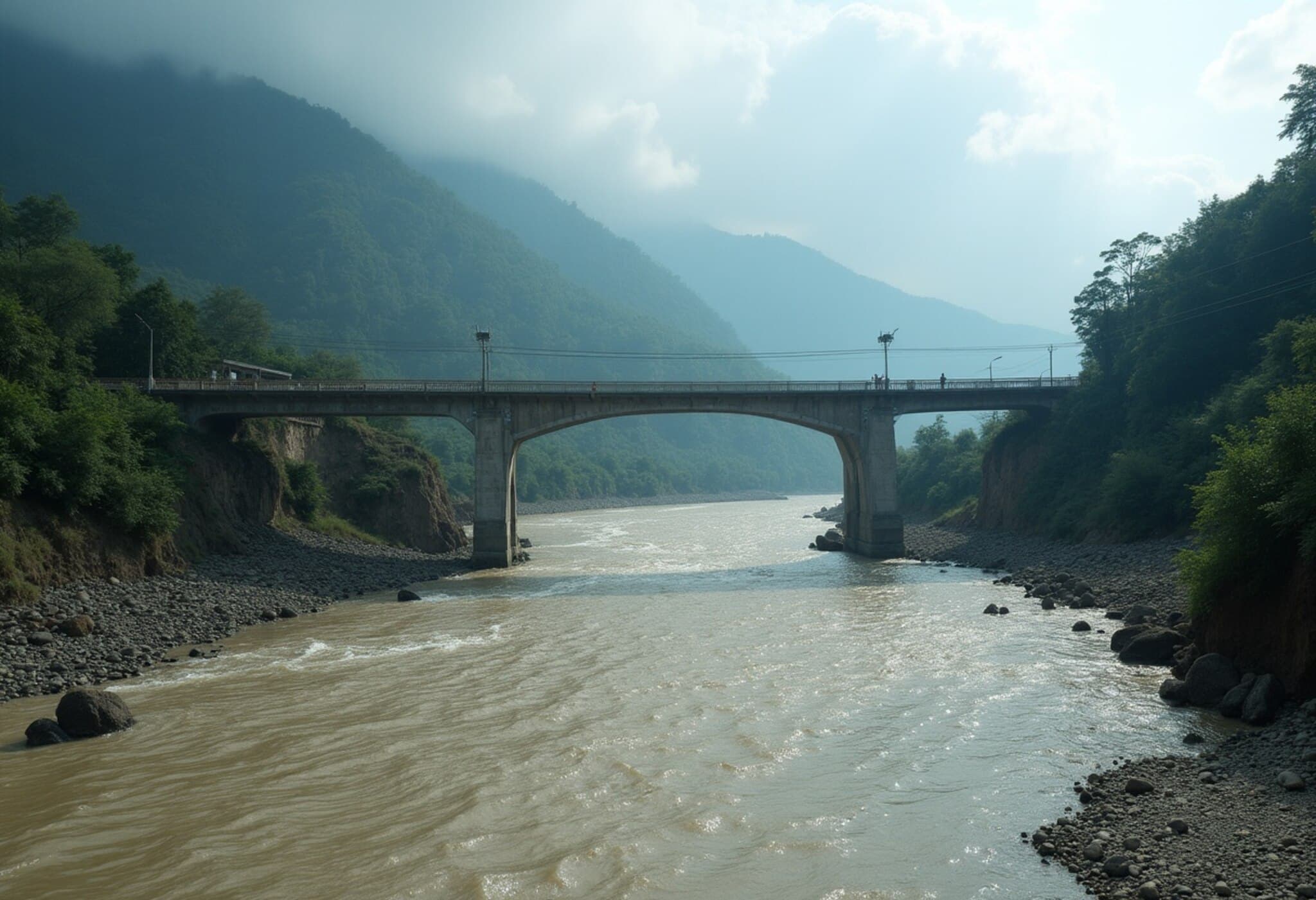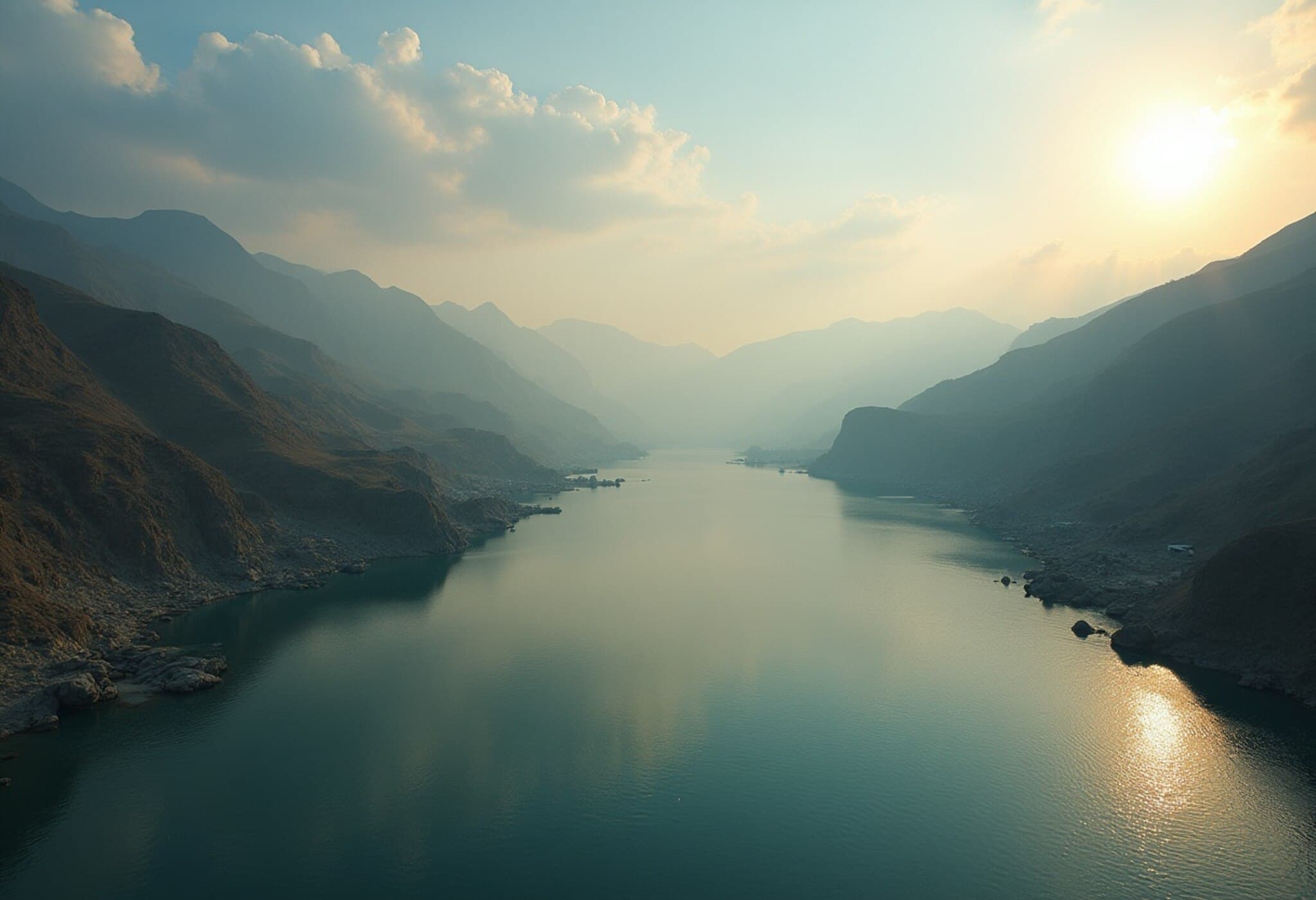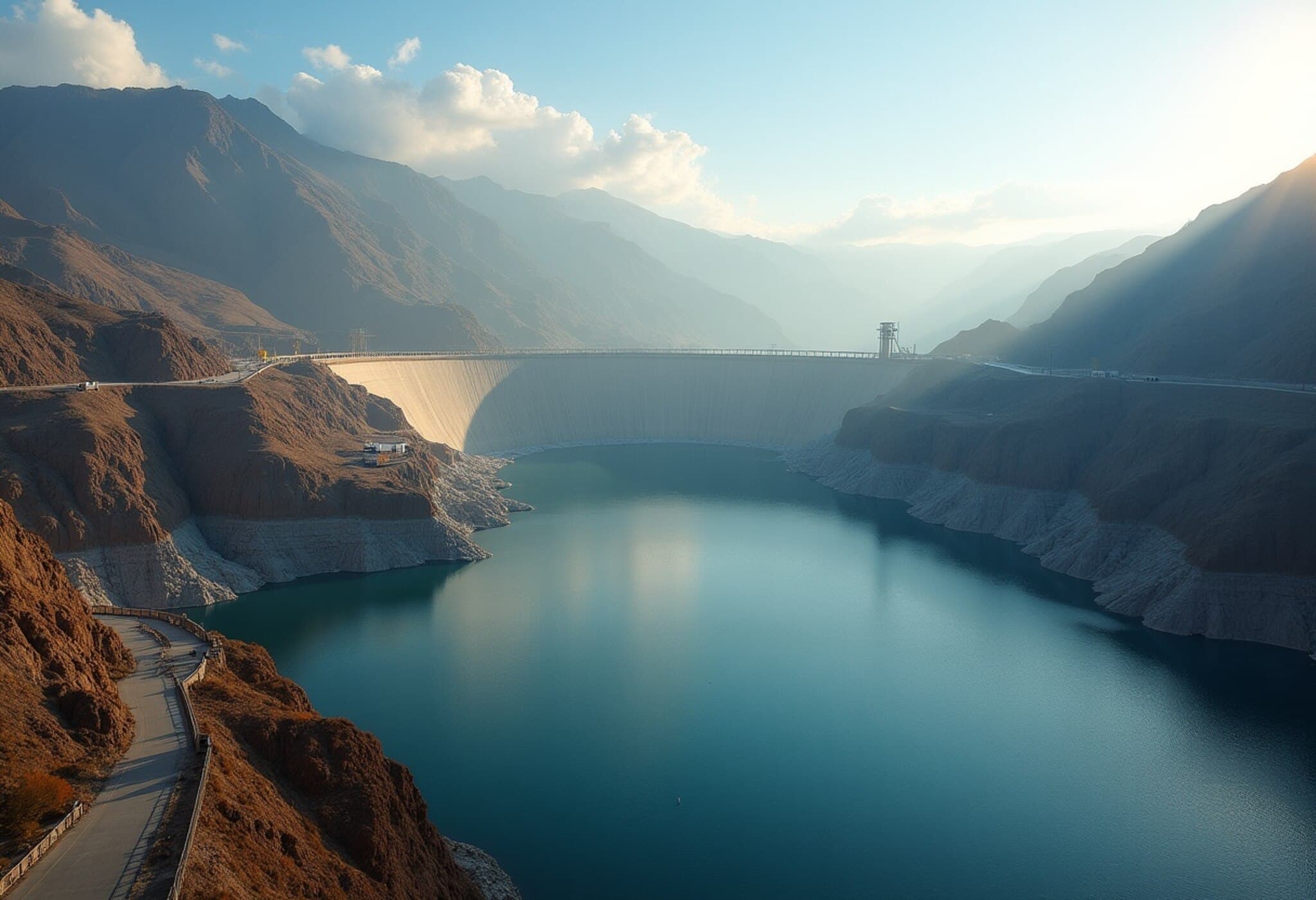Tragic Toll from Devastating Monsoon Floods in Northern Pakistan
Heavy monsoon rains have unleashed a wave of destruction across northern Pakistan, triggering deadly flash floods and landslides that have claimed at least 243 lives in the past 24 hours. The Buner district in northwest Pakistan has been hit the hardest, witnessing 157 fatalities alone on Friday amid collapsing homes and flooded villages.
Ongoing Rescue Efforts Amid Growing Casualties
Local authorities and rescue teams are racing against time to locate missing persons and provide relief to survivors. Mohammad Suhail, a district official, informed The Associated Press that dozens remain missing as emergency crews continue searching devastated areas. So far, at least 78 bodies were recovered by midday Friday, with another 79 discovered later from rubble and submerged homes.
“The death toll may rise as we are still looking for dozens of missing people,” Suhail warned, underscoring the scale of the disaster unfolding in Buner.
The severity of the flood emergency prompted local authorities to declare a state of emergency. Ambulances have been operating nonstop, ferrying over 100 bodies to hospitals for identification and autopsy, while dozens of injured individuals receive urgent medical treatment.
Helicopter Crash Compounds Tragedy During Relief Operations
Adding to the calamity, a government relief helicopter crashed during a rescue mission in monsoon-affected areas, killing all five crew members on board. Ali Amin Gandapur, Chief Minister of Khyber Pakhtunkhwa province, confirmed the crash of an MI-17 helicopter near Pandiyali in Mohmand district due to adverse weather conditions.
The helicopter was transporting crucial relief supplies to the Bajaur region when it went down, highlighting the dangerous conditions rescuers face. Such incidents underscore the enormous challenges of disaster response amid volatile monsoon weather.
Wider Impact Across Pakistan: A Growing Humanitarian Crisis
The recent fatalities push the nationwide death toll related to monsoon rains to 556 since late June, according to Pakistan’s National Disaster Management Authority. Fatalities have been recorded across various provinces as rivers overflow and landslides continue to isolate vulnerable communities.
In one high-profile incident, emergency teams worked tirelessly to rescue approximately 1,300 tourists stranded by flash floods in the scenic Siran Valley of Mansehra district. Provincial emergency spokesman Bilal Faizi recalled the exhausting efforts to evacuate those trapped by rapidly rising waters and mudslides.
Prime Minister Shehbaz Sharif convened an emergency meeting, instructing all government agencies to prioritize evacuation and immediate relief for flood victims and stranded travelers. The government is under intense pressure to bolster disaster preparedness and mitigate further loss.
Strategic Vulnerability of Gilgit-Baltistan
The mountainous Gilgit-Baltistan region has endured multiple waves of flooding since July. Flooding along the Karakoram Highway—an essential trade route connecting Pakistan and China and a gateway for tourists—is disrupting commerce and travel. The region also contains vital glaciers that supply about 75% of Pakistan’s stored freshwater.
These climatic stressors threaten both economic stability and ecological resilience in a region heavily dependent on glacial meltwater amid a warming climate.
Climate Change and Pakistan’s Increasingly Harsh Monsoons
A recent report from World Weather Attribution, an international scientific consortium, attributes the intensification of Pakistan’s monsoon rains—measured between June 24 and July 23—to global warming. Rainfall during this period was 10 to 15 percent heavier than it would have been in a cooler climate.
This alarming trend echoes the devastating 2022 monsoon season, the worst in Pakistan’s history, which killed more than 1,700 people and led to nearly $40 billion in damages. Experts warn that unless urgent climate adaptation and disaster preparedness measures are implemented, such destructive episodes will grow more frequent and deadly.
Expert Commentary: Preparing for the Future
From a policy perspective, the Pakistani government faces mounting pressure to invest in resilient infrastructure, early warning systems, and community-based disaster risk reduction. The international community’s role in supporting climate resilience in vulnerable countries like Pakistan remains critical.
Moreover, addressing underlying socioeconomic vulnerabilities—such as poverty and inadequate urban planning—will be equally vital to reduce the human toll from natural disasters exacerbated by climate change.
Summary
- 243 lives lost in 24 hours due to monsoon-triggered floods and landslides in northern Pakistan.
- State of emergency declared in hardest-hit districts like Buner;
- Rescue helicopter crash claims five crew members during relief operations;
- Nationwide death toll nears 556 since late June;
- Disruption to vital trade routes and water resources in Gilgit-Baltistan;
- Global warming intensifies monsoon rainfall, raising urgent adaptation needs.
Editor’s Note
Pakistan’s recurring monsoon disasters highlight the intersection of climate change, geography, and socioeconomic vulnerability. As the nation grapples with mounting casualties and infrastructure damage, urgent focus on robust early warning systems and climate-resilient development is imperative. This tragedy also raises critical questions about global responsibility: how can the international community better support countries on the frontline of climate extremes? For readers, understanding these complexities is a step toward informed advocacy and solidarity with afflicted communities.

